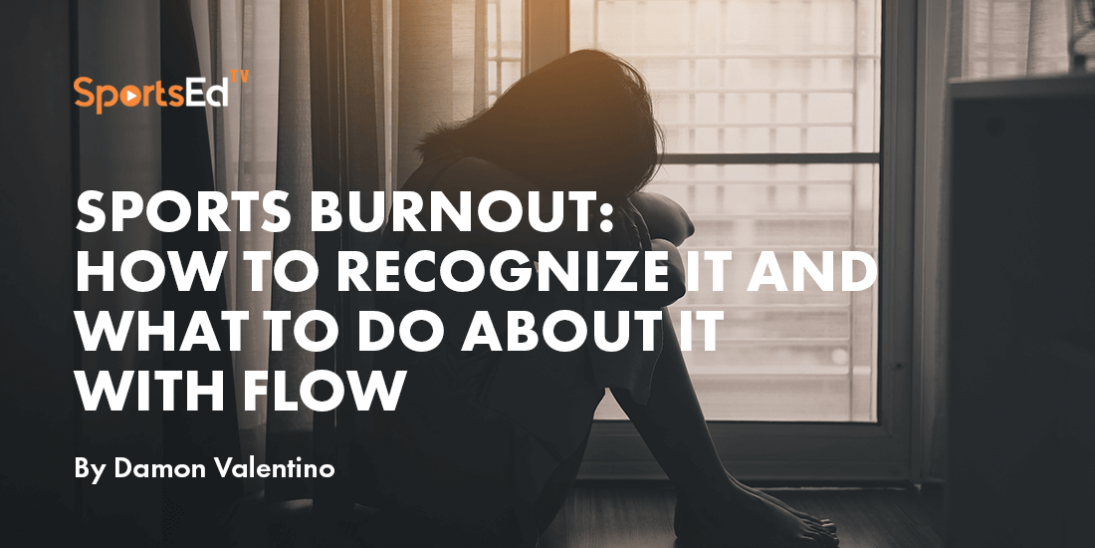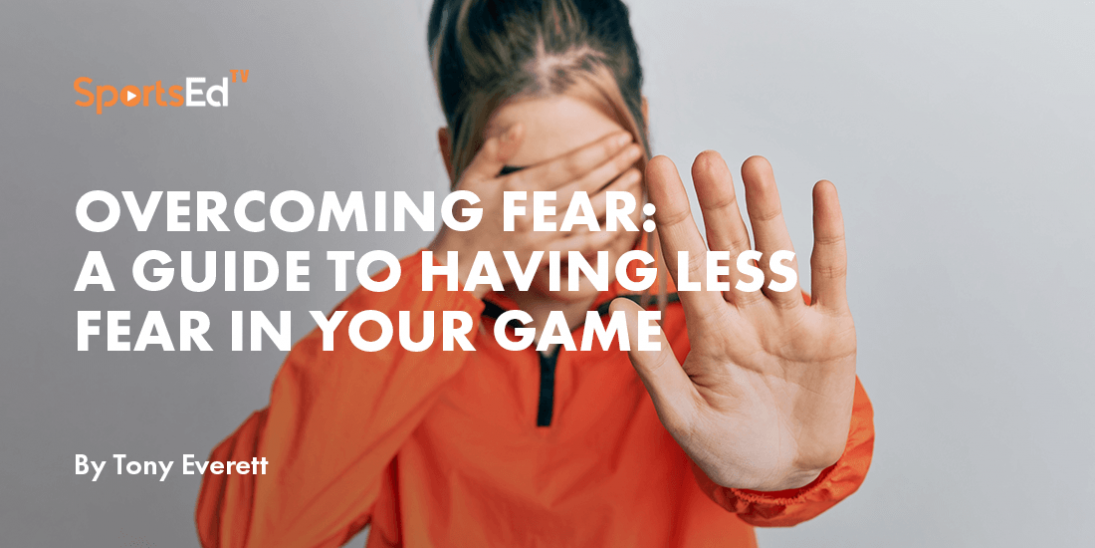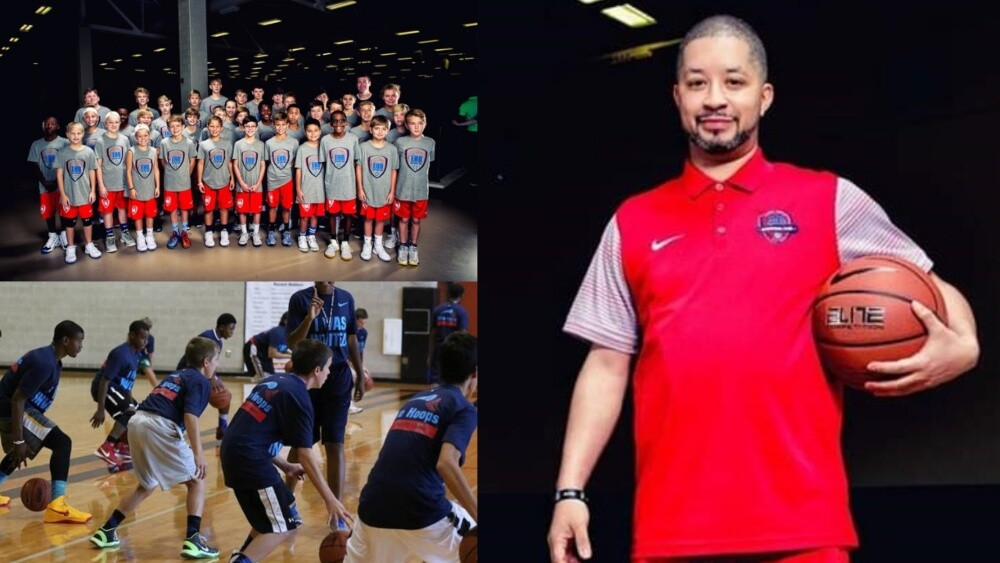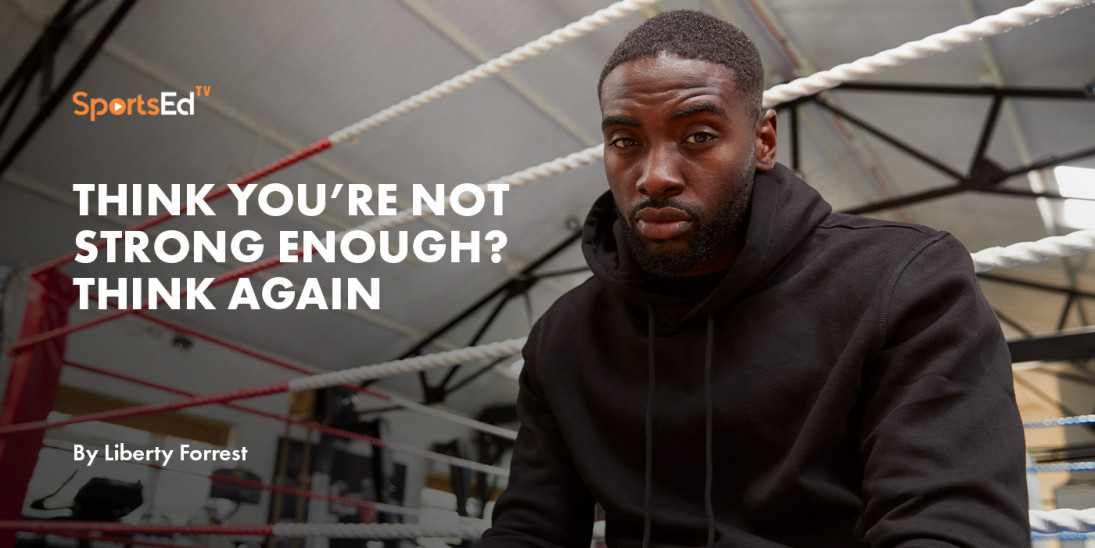Mental Health, Mental Toughness
Welcome and thanks for visiting...

Sports Burnout: How to Recognize It and What to Do About It

Over the past few years, I have had the privilege of coaching hundreds of athletes from various cultures, ability levels, and sports backgrounds. To my surprise, the top three challenges that they face have nothing to do with their actual performance. The three descriptors that overwhelmingly were at the top are feeling:
- Lonely
- Distracted
- Drained
What is sports burnout?
Sports burnout is a condition that can affect athletes of all ages and skill levels. It occurs when an athlete becomes physically and emotionally exhausted from the demands of their sport, leading to a decrease in performance and enjoyment.
Playing sports is hard enough, but when athletes are lonely, distracted, and/or drained, the likelihood of experiencing sports burnout increases. Burnout is a well-recognized phenomenon that can lead to decreased motivation, performance decline, and even quitting sports altogether.
Sports burnout is a condition that can affect athletes and individuals involved in competitive sports, particularly those who engage in high levels of training and competition. While there are various methods to cope with and recover from burnout, by cultivating flow, many athletes rediscover their love of the game. They no longer judge themselves solely by the results because the flow is a state where they feel their best and perform their best more consistently, and it is one of the few things in their control.
What is Flow?
Flow, also known as being "in the zone," is a state in which individuals are fully immersed in a task or activity, experiencing a sense of energized focus and enjoyment. Flow is characterized by a feeling of effortless concentration and a lack of self-awareness, where time seems to fly by. Flow can be experienced in various activities, from creative endeavors like music, art, or writing to athletic pursuits such as running, dancing, or playing sports. Flow is not just an individual state. Research suggests that when teams get into group flow, they become capable of remarkable feats.
Flow state has been linked to a range of positive outcomes, including increased creativity, productivity, and happiness. Studies have also shown that flow can reduce stress and anxiety and improve overall well-being. This makes it a potentially effective tool for recovering from burnout.

One reason why flow state is helpful in healing from burnout is that it provides a sense of purpose and accomplishment. Burnout can leave athletes feeling like they are stuck in a rut, lacking motivation or direction. Flow, on the other hand, offers a clear goal and a sense of progress towards achieving it. When athletes are in flow, they feel a sense of mastery and accomplishment that can help counteract the feelings of helplessness and hopelessness that often accompany burnout.
Flow is associated with a release of neurochemicals in the brain that promote well-being and reduce stress. When in flow, there is an increase in the release of dopamine, norepinephrine, endorphins, and anandamide, which are neurotransmitters that are linked to positive emotions, motivation, and pain reduction. These neurochemicals can counteract the effects of stress hormones, such as cortisol, which are associated with burnout. The release of these neurochemicals during flow can create a positive feedback loop, reinforcing the state and helping athletes to regulate stress and prevent burnout.
Research suggests that when athletes are in flow, their confidence levels and high-quality performance allow them to reach their full potential. In my experience working with athletes who develop more flow, they become more self-determined. Not only does their performance improve, but they also feel more capable, more focused, and more connected.
Here are some practical steps an athlete can take to begin to develop more flow:
1. Identify your Challenge-Skill Ratio
When challenges are too hard, we tend to feel anxiety. When they are too easy, we become bored. Flow occurs when the challenge of a task is slightly above our skill level. Therefore, it's important to identify tasks that are the right amount of challenge. Tip: Identify areas of growth before practice that stretch your abilities without being too easy or hard and gear your practice around them.
2. Focus on the Present Moment
Research from Harvard suggests that we spend nearly 50% of our waking lives minds wandering to the past and future. And it turns out a wandering mind is not a happy mind. In flow, the part of our brain responsible for all that chatter quiets down. And that saves precious energy and focus to play the game!. Tip: Use self-talk like, “I am stepping into practice now” and “I am focused on the next play” to prime your focus on the here and now.
3. Set Clear Practice Goals
Having clear goals can help you stay focused and motivated, which can increase the likelihood of getting into the flow. Tip: Be very specific about your goal for today’s practice and take a minute to visualize what it would look like to accomplish today’s goal. During a practice break, check in with yourself about what you can do to take the next best step toward your goal.
4. Reframe Struggle
Struggle is an important part of the learning process, and that is how we grow and improve. In fact, flow has a four-phase cycle, and struggle is the first phase that leads us to flow. Tip: Practice struggling without getting frustrated. It’s important to create a bounce-back routine for how you will respond when you struggle.
5. Prioritize Recovery
The most underrated high-performance tool is recovery. Flow is biologically expensive, so you will need to replenish your resources. Take breaks, do breathwork, drink water, get sunshine, stretch your body, hang with friends, and get good sleep! Tip: Make a list of recovery tools and keep it where you can see them every day. Ask yourself, “What are the best recovery tools for me today?”
Just like technical and tactical sports training, flow takes practice. Begin to think about how you can build more flow into your training - and your life - and it will become easier and easier to feel your best and perform your best - when it matters most. It’s time to reframe the game and put you back in the driver's seat of your own performance. To do so might be the best way to avoid the pitfalls of sports burnout and reclaim your love for the game. Let’s Flow








